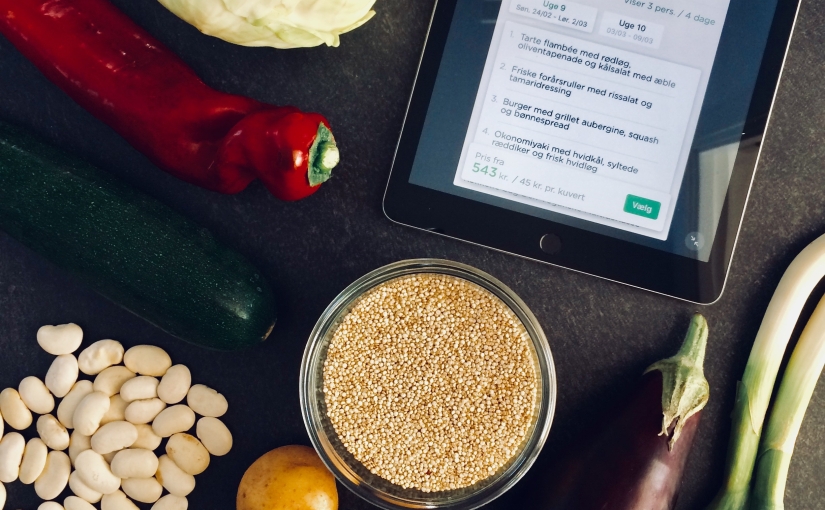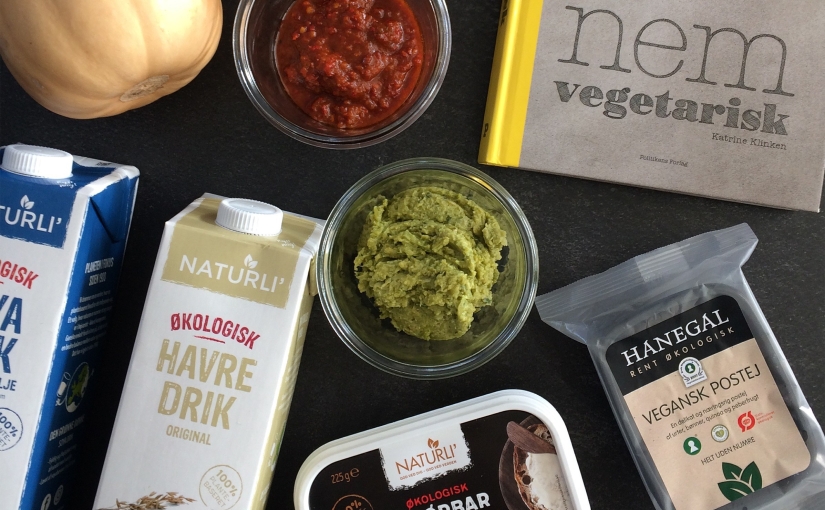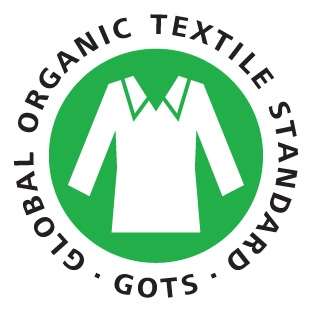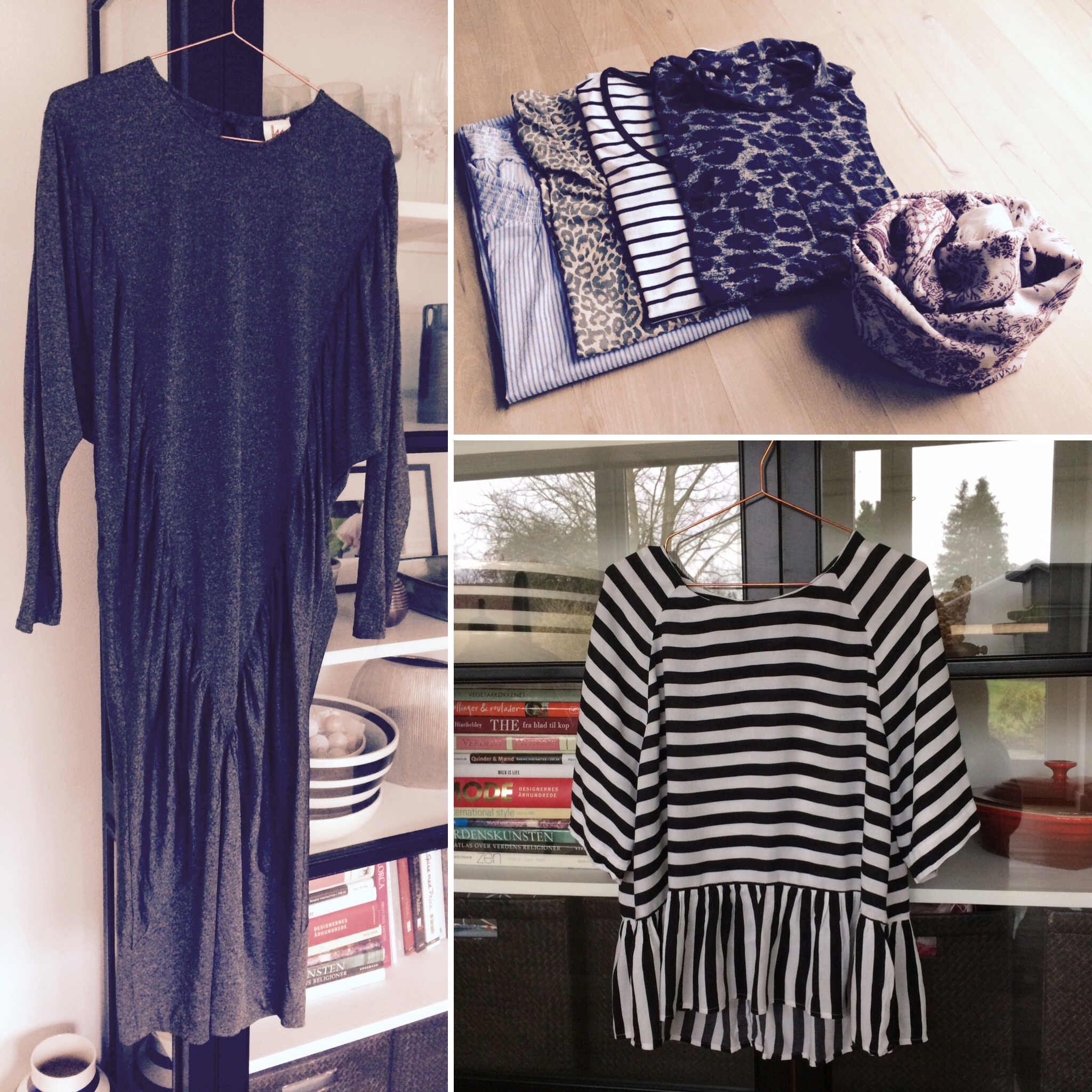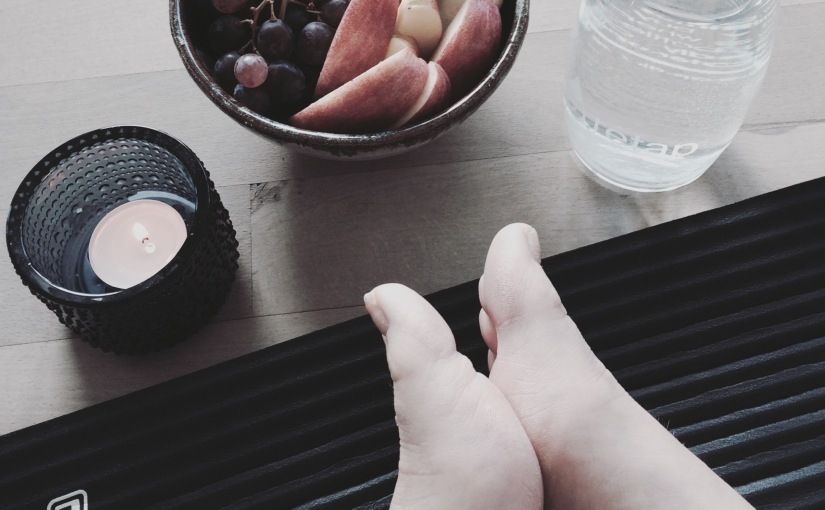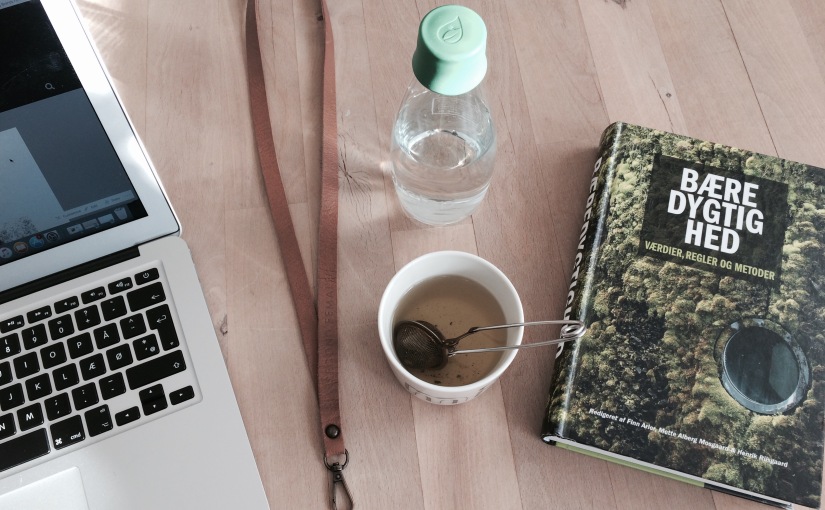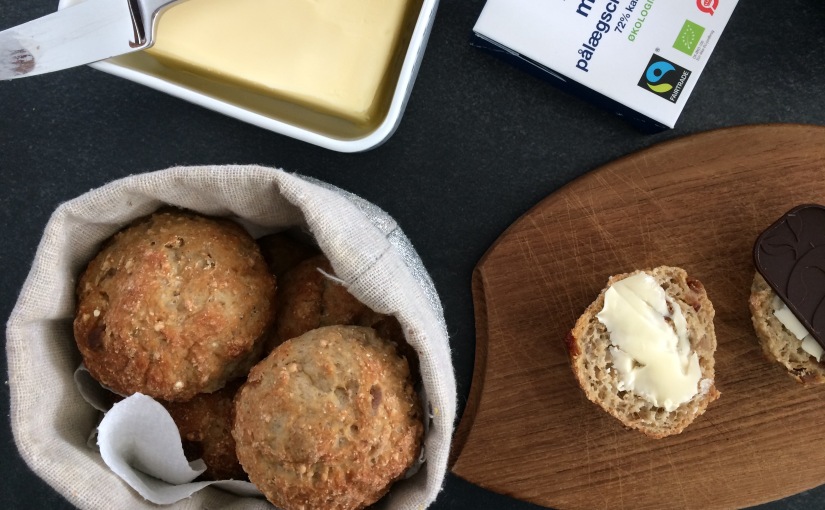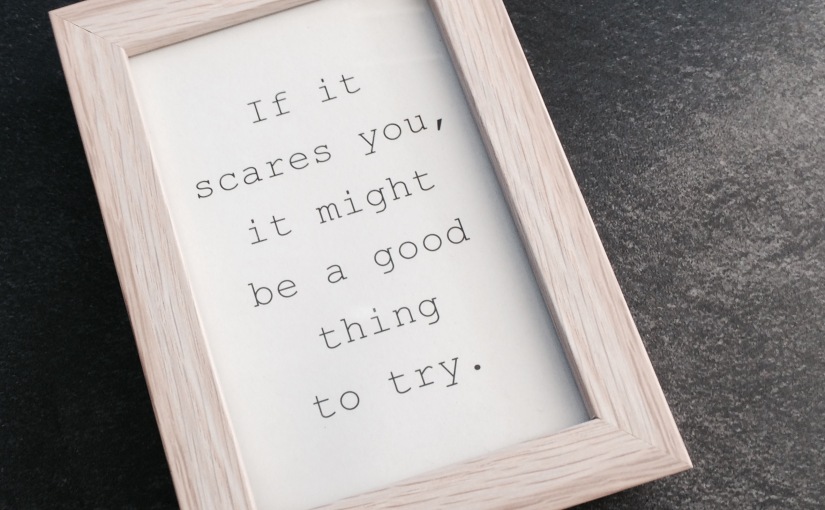Maybe you think meditation and mindfulness is some fashionable flower power nonsense or you might think it is a quick-fix to all your worries.
The truth is none of it quite describe mindfulness and mediation as I have met it. Meditating can definitely be challenging one day and (almost) a walk in the park the next day.
Through meditation I have found a gateway to the true me and a way to accept myself and my life as it is. By being more mindful, doing one thing at the time, meditating and listening to my body, thoughts and feelings I have made more room for me and I have found more energy for other people.
In a busy life I know it seems impossible to find 20 minutes to do yoga or meditation. Most of us do not prioritize our own mental health especially after having children but you might have experienced – as I did – being hit by overwhelming tiredness as soon as you sit down at dinner. Others might have experienced that they are completely out of energy for the second half of their workday or at home after dinner where the sofa and the television rapidly eat 2-3 hours of your evening. I have experienced all the above and I felt caught up in constant tiredness. I felt I never had time to do the things that I liked.
Though I am still new into practicing mindfulness and meditation I quickly experienced first of all calmness, secondly increased awareness, thirdly more energy and last but not least more gratitude towards myself and my surroundings. I am confident that many people would benefit from allowing themselves small mindful breaks during the day to retain a healthy energy level throughout the day.
I know this post isn’t directly related to an action taking me or my family in a more sustainable direction in terms of environmental sustainability. I believe however that there is a clear connection between how we care for our own health (mentally and physically) and how much each of us can impact the sustainability of Planet Earth. Read on to get my story and my first experiences into the world of meditation and mindfulness.
My first meeting
Exactly a year ago I was finding the courage to leave behind my professional career as a marketing and innovation professional within the international Food and Beverage industry. The decision should in reality never have been hard as I had not been happy for years. In fact my life was making me sick.
Somehow I did not have the time nor the courage to listen to the voice inside telling me I was hurting myself. I even also ignored almost permanent head aches, neck tensions and a growing number of anxiety attacks. Today this makes me sad and nausea to think of but that’s another story.
Before I handed in my notice I had already booked my first 8 week MBSR course (Mindfulness Based Stress Reduction). My therapist had recommended me to do the course and though I was a little skeptical I also knew I needed to do something completely different.
“If you change nothing – nothing will change”
The course turned out to be a great help to me. First of all because I had already started while I was ending my job. This way the course became part of my transition period helping me cope with my physical and psychological reactions to the wonderful but scary vacuum of having no job attachments.
When I left my job it was hard for me to really relax or enjoy life. I felt relief of course but anyway I kept busy like I have done my whole life. Ever since high school and throughout University I have kept myself busy. I was busy going out with friends, busy playing handball, busy studying, working, shopping, being creative etc. I never lacked ideas for party themes, home decoration projects, sewing creations, baking experiments you name it and I have always said that I could never be bored but today I would say I choose never to be bored.
In my newfound freedom with no job obligations I felt guilt whenever I didn’t produce something, considered new career directions or performed everyday family tasks.
It became clear to me that I never did only one thing at the time. If I was cooking I was also noting down our grocery list, judging my achievements of the day, planning the next steps of the evening and building up anxiety about not being able to make it all before bedtime.
If I was playing with my kids I was planning dinner, revisiting my to-do-list, checking my iPhone etc. Small habits like finding my car keys several minutes before reaching my car to optimize time suddenly caught my attention when I slowed down and started practicing more mindfulness.
This post will become way too long if I were to list all the habits, routines and thoughts that I realized were unhealthy to me but the list of questions below is show some of my insights:
- Why does it matter what everyone else thinks?
- Why does it scare my to ask for help?
- What happens if I’m not always strong?
- Why is my to-do-list always impossible to complete and what does it do to me?
- Do I like my life today and what is important to me?
- What are my anxiety triggers?
- Does everything have to be perfect?
- Who am I really and do I like who I am?
I have not yet answered all the questions and maybe I will never answered them hich is okay thanks to the MBSR course.
Secondly the course was helpful to me because of the brain science taught mixed up with individual homework. As a result of the homework I became much more attentive to the small things in life which has increased my awareness and my gratitude towards myself and my surroundings which again has increased my happiness. Another result of the homework is my improved understanding of my anxiety and how it is triggered.
Though I am sure you have heard it before I find it helpful and important to state once more…
“There is no such thing as a perfect life. It might look so on Facebook and Instagram but don’t let yourself be fooled and caught up in a spider web of sticky unrealistic expectation.”
About the MBSR program
During the course participants are encouraged to meditate daily besides the weekly three-hour group meetings. At the group meetings instructors make guided meditations and they teach the nature of the mind. Participants are encouraged to share experiences but it is completely voluntarily. The atmosphere of the groups I have participated in have been was amazing. I felt incredibly safe and welcome. The aim of the program is to teach people to take better care of themselves as well as living healthier and more adaptive lives.
Mindfulness is about being aware of what you do, about slowing down to detect your autopilots, about detecting what goes on inside you and acknowledging it without judging it. Not-judging is essential as we humans tend to be our own worst critic. Suppressing feelings, emotions and thoughts can be useful in certain situations but generally paying attention to the above and allowing uncertainty, frustration, sorrow, pain, happiness etc. to be part of ones life is beneficial in the long run. It is part of every human being’s life at some point anyway.
Scientifically proven
When embarking on a journey to increase your mindfulness you can start in many ways right from downloading a meditation app to enrolling in seminars or courses. Choosing a programme taught by a MBSR certified instructor is your guarantee that the programme follows the procedures of the original and scientifically proven program developed more than 35 years ago by ph.d. Jon Kabat-Zinn at University of Massachusetts Medical School (UMAMS).
Jon Kabat-Zinn has proved his program capable of teaching participants how to use their innate resources and abilities to respond more effectively to stress, pain, and illness. More than 24.000 people have completed the MBSR program. Read more about the MBSR principles, history and scientific studies at UMAMS’s homepage.
This week I finished my second MBSR course since last autumn. I did my first 8 week MBSR course at the University of Aarhus which is a collaboration partner with UMAMS. I can highly recommend this course. Find more information on the program from Aarhus University.
Establishing a daily routine with mindfulness
If you wonder why I needed another course it has absolutely nothing to do with the quality of the course but merely human nature. I did my second course to get further reflections and most importantly to get help changing my habits and routines to include mindfulness on a daily basis.
Sometimes I find the meditation in it self difficult but during the courses I have learned to accept some days are better than others meaning to me the difficult part is allowing myself time to practice mindfulness every day. It is ironic as I have experienced how it does me good but for someone who has never really prioritized my own health mentally and physically this change apparently takes months if not years.
Getting closer to holistic sustainability
Earlier on this journey to a more sustainable life I wanted to do several actions to rapidly reduce our negative environmental impact all together. I did what I have always done: 10 things at the same time. I wanted to do something within food, fashion, travelling, knitting, cleaning and much more all at once. On top communicating about it while I was trying to establishing personal routines that where better for my health. No wonder I didn’t find myself successful.
Some months ago I let go a little of the global sustainability focus and allowed myself to focus more on my personal health increasing my number of mindful breaks and really decreasing my speed and expectation which have been wonderful.
This post is based on my experiences with mindfulness and meditation during the past year. The post is created without any collaboration and is non sponsored.
Namaste ♥
